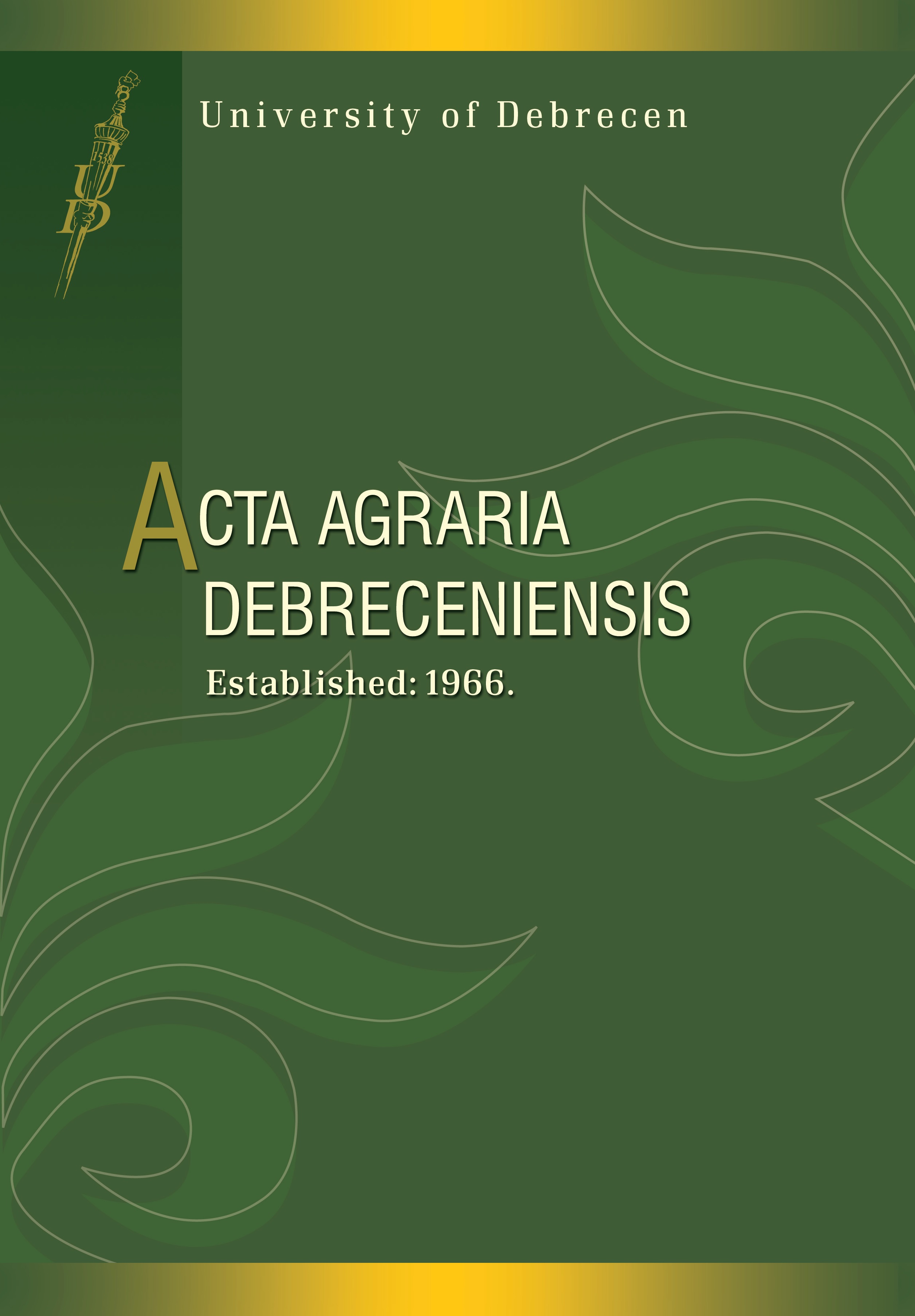Lessons of a stripe rust epidemic in a wheat fungicide trial in Debrecen
Author
View
Keywords
How To Cite
Abstract
During the 2014 year a fungicide application trial was made as a part of technology development in Debrecen (East-Hungary). Both in this trial and across in Hungary a serious stripe rust epidemic developed and caused great yield losses. The first sympotoms were observed in April on one of trial plots and during some following weeks a serious infection grown up. On the base of 13 fungicide active ingredients and dosages by two spraying applications, their efficacy could be evaluated in stripe rust control. Picoxystrobin 250 g/L acive ingredient applied in 0.6, 0.8 and 1 L/ha dosages (Acanto), picoxystrobin 200 g/L + ciproconazole 80 g/L combined active ingredients in 0.5, 0.75, and 1 L/ha dosages (Acanto Plus), epoxiconazole 83 g/L, moreover protioconazole 125 g/L + tebuconazole 125 g/L combinations gave good efficacy, respectively. The yield of well protected plots were 5 to 8 t/ha, but the losses were 40-70% when fungicides with no sufficient efficacy in stripe rust control were applied. The great infection, which was observed on different grasses late in the Autumn, 2014 might forecast a further stripe rust epidemic for the 2015 year.

 https://doi.org/10.34101/actaagrar/62/2161
https://doi.org/10.34101/actaagrar/62/2161